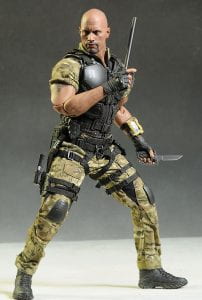It’s estimated men account for 10-15% of eating disorder diagnoses yet continue to face tremendous stigma regarding eating and body image concerns. Binge eating disorder is the most common eating disorder in men, although all eating disorders are certainly under- and mis-diagnosed in men.
The concept of “muscle dysmorphia”, while not a clinical diagnosis, is a term often used when discussing men with eating disorders/body image concerns and refers to a desire to increase muscle size/mass in an attempt to influence body weight/shape. It was first termed “reverse anorexia nervosa” in 1993. The relationship between body dysmorphia and muscle dysmorphia is under-studied. Sports with a high focus on appearance and weight as related to performance – swimming, wrestling, gymnastics, track, rowing, running, jockeying – put men and boys at increased risk.
Research suggests:
- Men feel too heavy at 130% of their ideal body weight (IBW) while women feel too heavy at 90% of their IBW
- Men are more concerned with their body shape than their body weight (i.e. may be more concerned with their body fat percentage than their scale weight)
- Men exhibit a drive for muscularity rather than a drive for thinness
- Compulsive and excessive exercise is more common as a symptom in men
- It is an (insidious) myth that men with eating disorders are gay
The GI Joe dolls below are often cited as examples of changing ideal male bodies. The first image is one of the original GI Joe dolls from 1964. The second image is of a current GI Joe doll. The differences in their body size/shape is striking.

